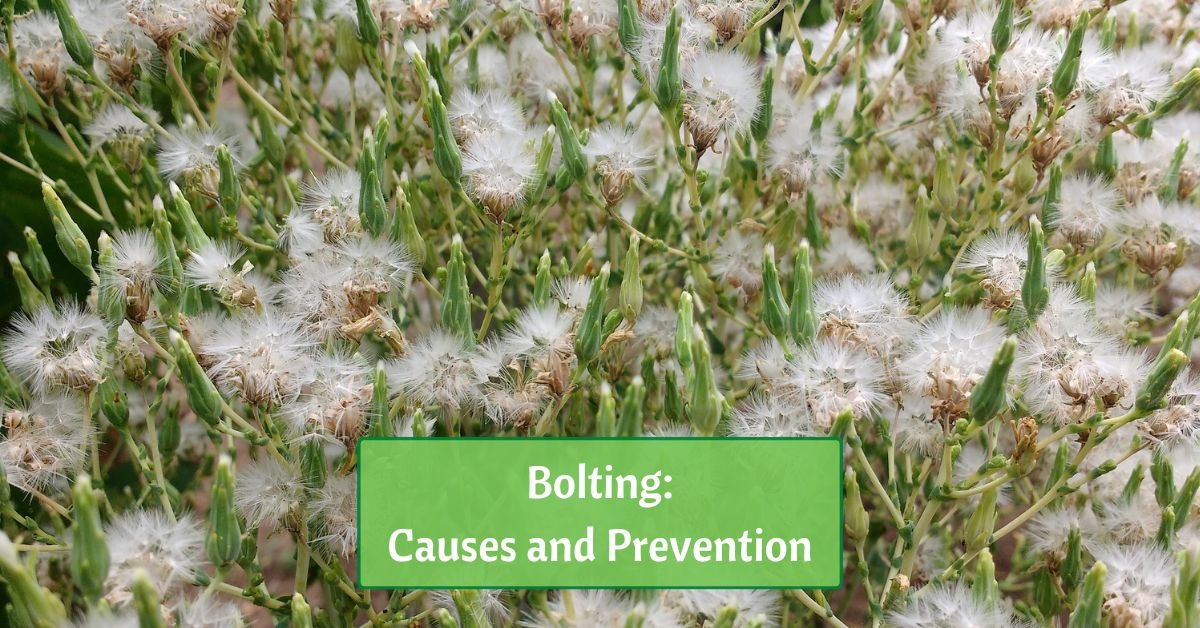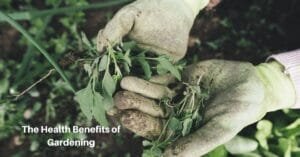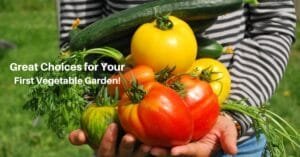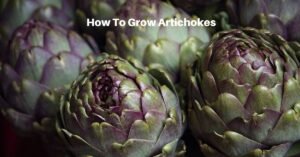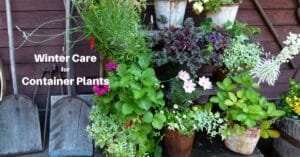“Bolting” is a term used to describe the rapid growth of a plant’s flowering stalk or stem, which can ultimately lead to the production of seeds. This is a problem for gardeners when it happens to plants that are primarily cultivated for their leaves, stems, or roots, rather than their flowers or seeds.
Even if you’ve never heard the term “bolting”, you’ve probably seen this happen in your garden. In this article, we’ll explore what bolting means in gardening, why it occurs, and the strategies to prevent it, ensuring a bountiful and enjoyable garden.
Why Does Bolting Occur?
Understanding the causes of bolting is crucial to preventing it in your garden. It’s a plant’s survival instinct playing out before your eyes. Here are some causes:
- Temperature Fluctuations: Many plants are sensitive to temperature changes. A sudden increase in temperature or prolonged exposure to high temperatures can trigger bolting. This is a survival mechanism for the plant to produce seeds before potentially unfavorable conditions occur.
- Day Length: Some plants are photoperiodic, meaning they rely on day length to determine their growth stages. When the days become longer, these plants may perceive it as a signal to transition to the flowering stage, leading to bolting.
- Plant Stress: Stressors such as overcrowding, insufficient water, poor soil conditions, or pest infestations can stress the plant and induce bolting as a survival response.
Some plant varieties are more prone to bolting than others. When selecting seeds or transplants, research the specific variety’s bolting tendencies to make informed choices for your garden.
Preventing Bolting in Your Garden
Now that we understand why bolting occurs, let’s explore strategies to prevent it:
Proper Spacing
Adequate spacing between plants allows for better air circulation, reducing stress and the likelihood of bolting. Follow recommended plant spacing guidelines for each variety in your garden.
Soil Quality and Moisture
Ensure your soil is well-draining, rich in organic matter, and consistently moist. Healthy plants are less likely to bolt due to stress.
Temperature and Timing
Pay attention to your local climate and planting calendar. Plant cool-season crops like lettuce, spinach, and radishes in early spring or late summer to avoid extreme temperatures that trigger bolting.
Choose Bolt-Resistant Varieties
Select plant varieties known for their resistance to bolting. These varieties are bred to withstand temperature fluctuations and day length changes.
Proper Harvesting
Harvest crops at their peak to prevent bolting. Regularly harvest leaves, stems, or roots to encourage vegetative growth and discourage flowering.
Provide Shade
Use shade cloth or row covers to protect plants from excessive heat and sun exposure during the hottest part of the day.
Mulch
Mulch has many benefits, including the regulation of soil temperature and moisture levels, reducing stress, and the risk of bolting.
Water Management
Maintain consistent watering practices, ensuring the soil remains evenly moist. Avoid letting the soil dry out completely, especially during periods of high heat.
Pruning and Pinching
Pinch off or prune the flowering stems as soon as they appear. This action redirects the plant’s energy back into vegetative growth.
Crop Rotation
Implement crop rotation in your garden to minimize the buildup of soil pathogens and pests, which can stress plants and induce bolting.
Bolting is a common challenge that gardeners face, but with the right knowledge and strategies, it can be effectively prevented. By understanding the causes of bolting and implementing preventive measures such as proper spacing, soil management, and timing, you can cultivate healthy, productive plants that thrive in your garden!

